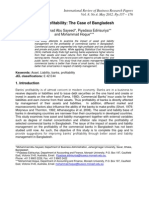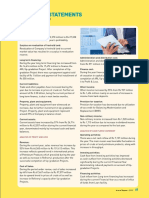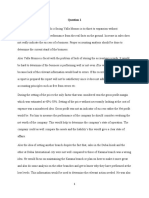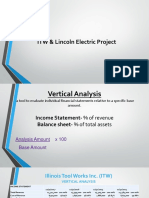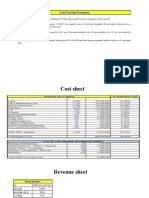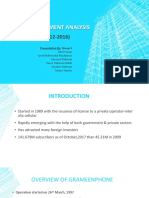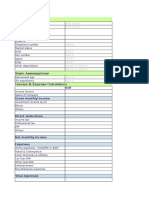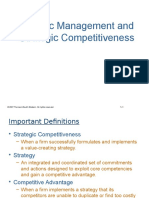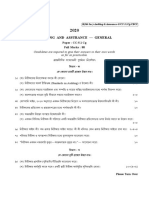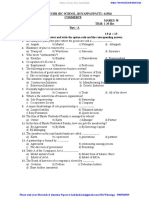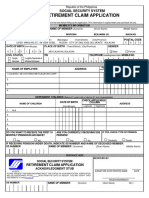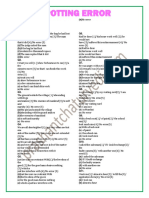0% found this document useful (0 votes)
165 views15 pagesFinancial Analysis for Investors
The document analyzes the financial statements of Faysal Bank from 2014-2017 using three techniques: horizontal analysis, vertical analysis, and ratio analysis. It provides the balance sheet and profit/loss statement for each year, showing trends in key line items like assets, liabilities, revenues, and expenses. For example, the bank's assets grew 10% from 2016-2017, with advances increasing 13% and investments growing 6%. Net markup income rose 16% in 2017.
Uploaded by
Liza KhanCopyright
© © All Rights Reserved
We take content rights seriously. If you suspect this is your content, claim it here.
Available Formats
Download as DOCX, PDF, TXT or read online on Scribd
0% found this document useful (0 votes)
165 views15 pagesFinancial Analysis for Investors
The document analyzes the financial statements of Faysal Bank from 2014-2017 using three techniques: horizontal analysis, vertical analysis, and ratio analysis. It provides the balance sheet and profit/loss statement for each year, showing trends in key line items like assets, liabilities, revenues, and expenses. For example, the bank's assets grew 10% from 2016-2017, with advances increasing 13% and investments growing 6%. Net markup income rose 16% in 2017.
Uploaded by
Liza KhanCopyright
© © All Rights Reserved
We take content rights seriously. If you suspect this is your content, claim it here.
Available Formats
Download as DOCX, PDF, TXT or read online on Scribd
/ 15








